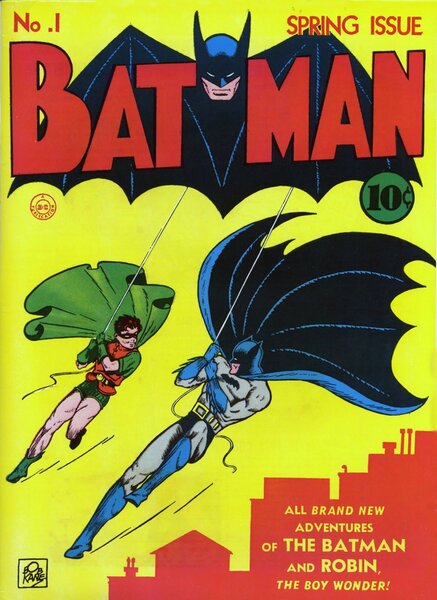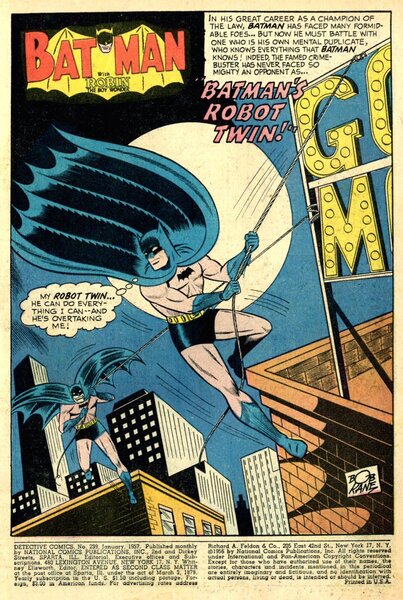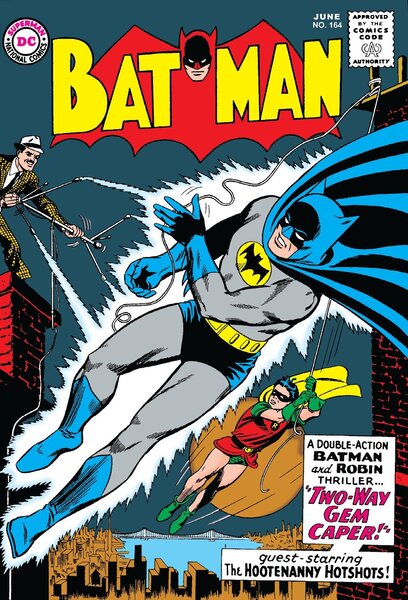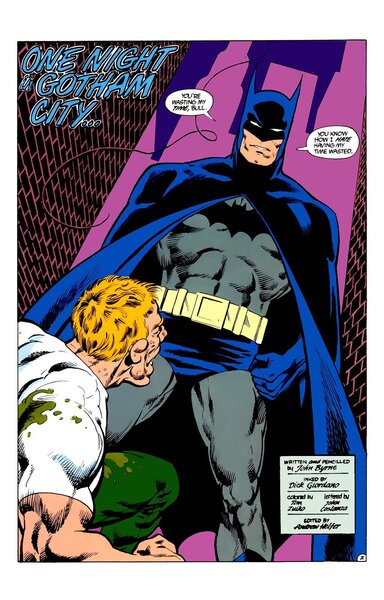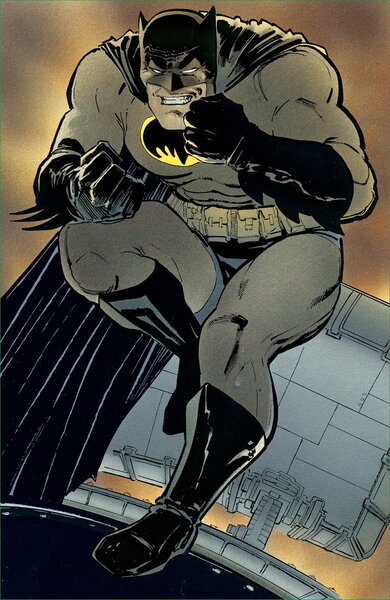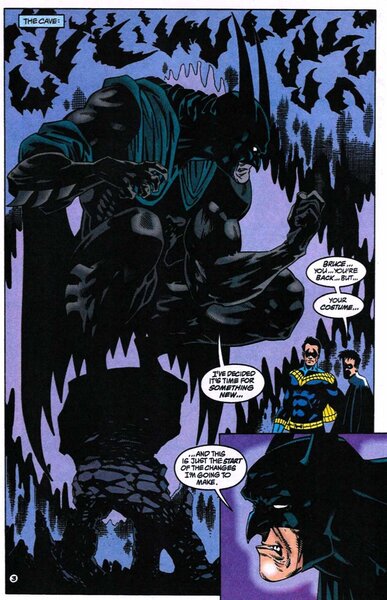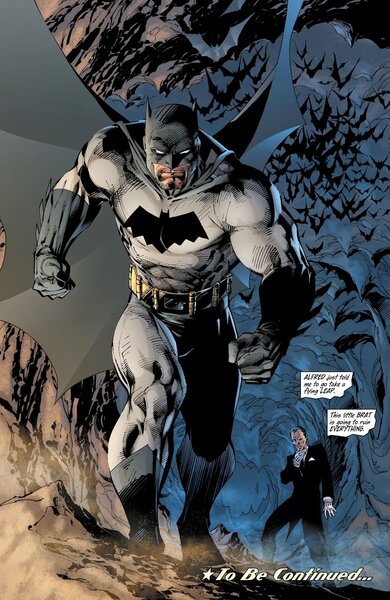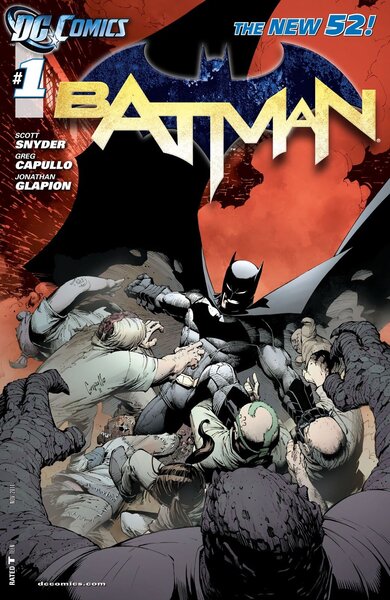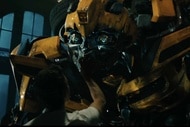Armor, cape and cowl: The history and evolution of Batman's suit
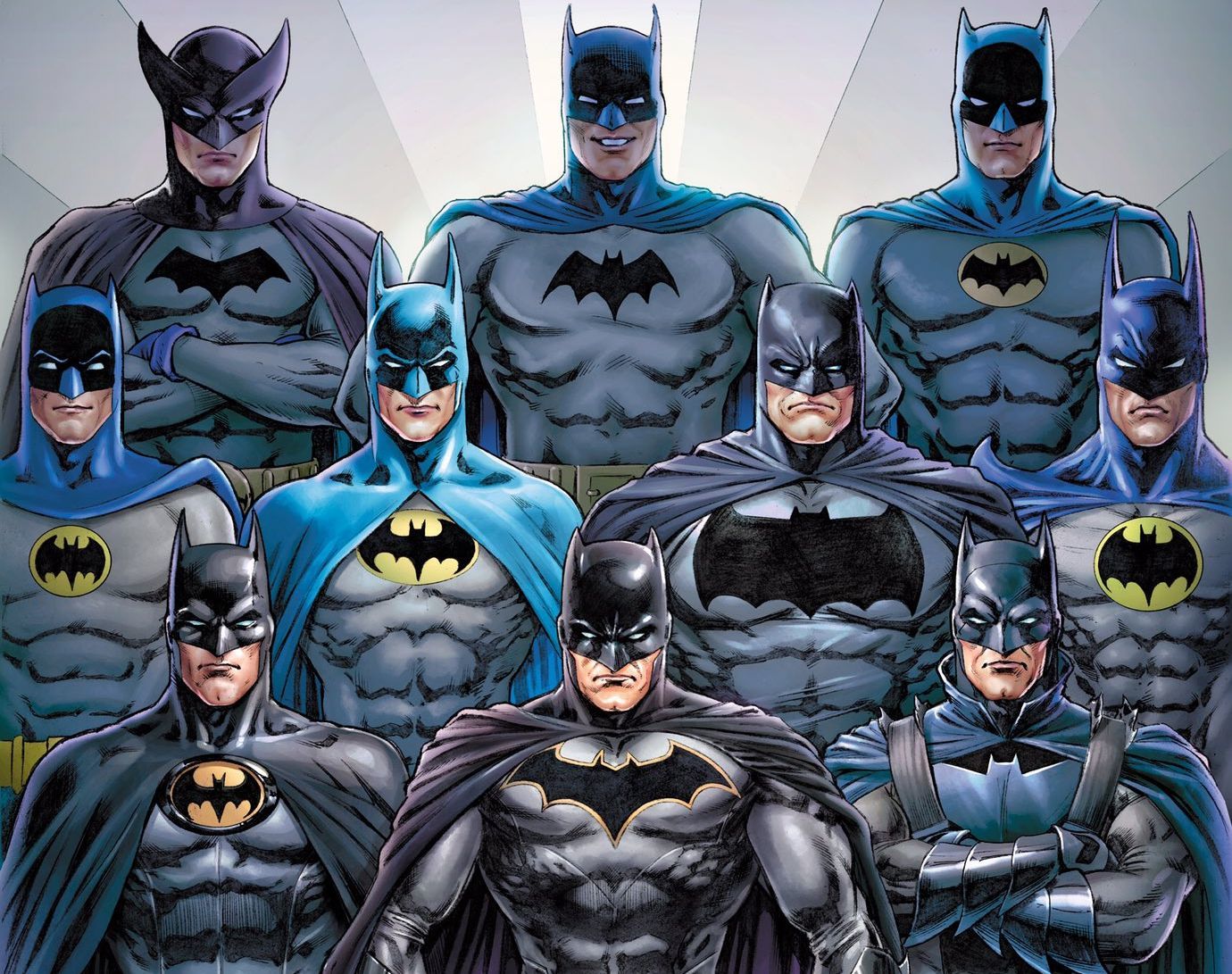
From the moment of his dramatic debut in the pages of Detective Comics #27, Batman has captivated comic book audiences with his cape and cowl. Elemental, compelling, intimidating and mysterious, the superhero suit has remained a defining symbol for the Dark Knight throughout his 80-year history.
Originally designed to instill fear — as told in Batman's origin story in Detective Comics #33 and more thoroughly in Frank Miller's Batman: Year One — the black and grey costume stood out among the flashier superhero outfits of the day. Equipped with a utility belt, the Batman was a macabre, creepy figure, creeping among the shadows of Gotham city.
To celebrate the 80th anniversary of one of DC Comics' biggest stars, SYFY WIRE took a look back at the evolution of Batman's superhero suit with comic book historian Peter Sanderson.
"Arguably Batman's costume did not look that fearsome in the 1940s through 1960s, but it did [when it debuted in] 1939, and it has credibly looked intimidating from the 1970s through the present," Sanderson said. "[Additionally] Batman's utility belt, a component of his costume from the beginning, demonstrates his ingenuity in creating the weapons and tools he needs, as well as his foresight in preparing for so many possible contingencies."
According to Sanderson, Batman's original costume began as something completely different from what readers first saw in Detective #27. Sanderson said Batman co-creator Bob Kane originally intended Batman to wear bright red tights with two large stiff wings (a look adapted from a drawing by Leonardo da Vinci), no gloves, and a small domino mask.
It was Batman's original writer and co-creator Bill Finger suggested the cowl, the cape, the gloves, and the dark colors for the costume.
"The costume that Batman wore in his first appearance evolved quickly over the first year of stories," Sanderson said. "I suspect that Kane was responsible for its initial evolution as he kept drawing the new character. So the 'ears' and chest emblem and gloves got bigger. By the time of Batman #1 in 1940, only a year after the character's debut, the costume had become fully recognizable as the classic version, which really remained unchanged until 1964."
For the most part, Batman's costume has remained consistent through the decades, with many of the changes to the suit being minor; a logo tweak, a new look for the belt, bigger "ears," a larger cape.
In 1964, the biggest change to the costume up to that point came courtesy of DC Editor Julius Schwartz, who upon taking over Batman and Detective Comics, put a yellow oval around Batman's chest insignia so that readers would immediately recognize that this was Schwartz's "New Look" Batman.
"I assume that DC's attitude over the years has been not to change Batman's costume in major ways because it works so well and because this costume is what the general public recognizes," Sanderson said. "I think that what changed have occurred over the years are stylistic, to suit changing tastes."
For example, Sanderson pointed out, when Neal Adams started drawing Batman in the late 1960s and '70s, he lengthened the "ears" and the cape to make Batman look more batlike and formidable, and this influenced subsequent artists. An exception, of course, came when Frank Miller debuted the older Batman with the smaller "ears" in 1987.
"I think that Tim Burton's Batman movie was also influential, making the costume look all black," he said. "Previously the comics and TV show made the cape and cowl blue and the rest of the costume violet or gray. The darker color suited the depiction of Batman as a dark, grim vigilante who operated at night. Also, traditionally Batman's costume was made of cloth, and you can find stories in which it gets ripped and torn."
"You can see elements of that in Dark Knight Returns in which Frank Miller had Batman wear a bulletproof metal plate beneath his chest insignia for protection," Sanderson said.
"Burton's Batman wore a bulletproof costume that served as body armor, as did Christopher Nolan's movie version of Batman," he said. "This made sense, so nowadays Batman's costume is a kind of body armor."
Sanderson said Batman's costume is compelling and cool because it so perfectly fulfills its intent: to make its wearer look like a bat in human form. It gives Batman a look of mystery and even majesty and could believably intimidate criminals as he intends.
"The pointed bat 'ears' are important because they also resemble a devil's horns: Batman assumes the persona of a 'devil' so as better to battle the true evildoers in society on our behalf," he said. "The cape helps create the sense of majesty and being larger than life. Over the decades artists in comics and film have adapted the costume to suit current tastes, keeping it cool and fashionable."

